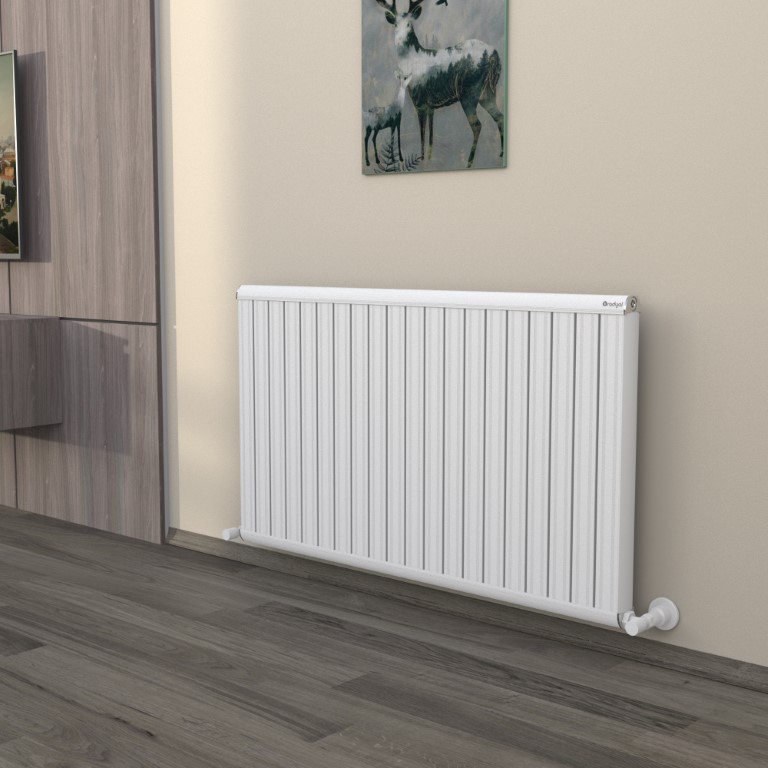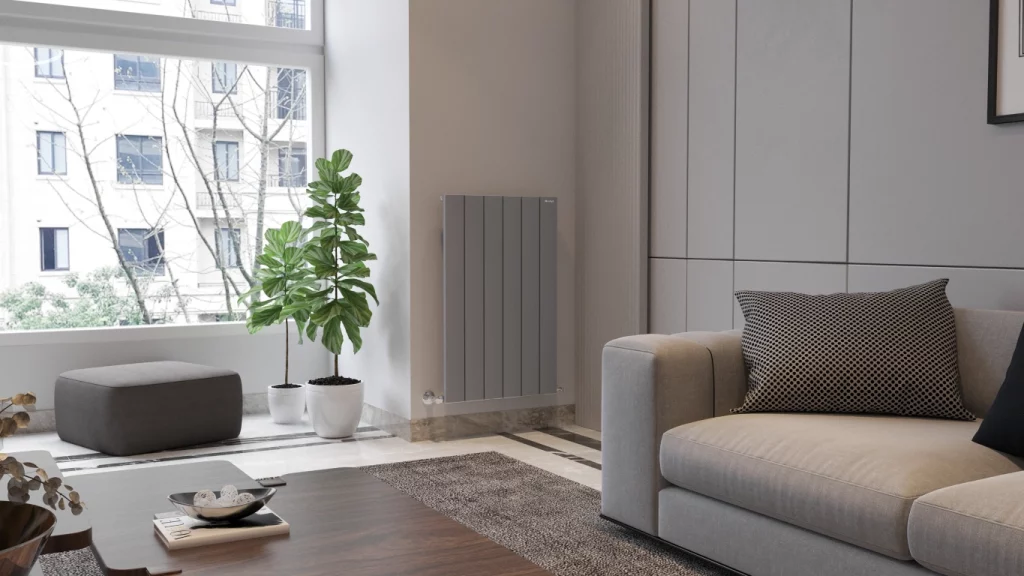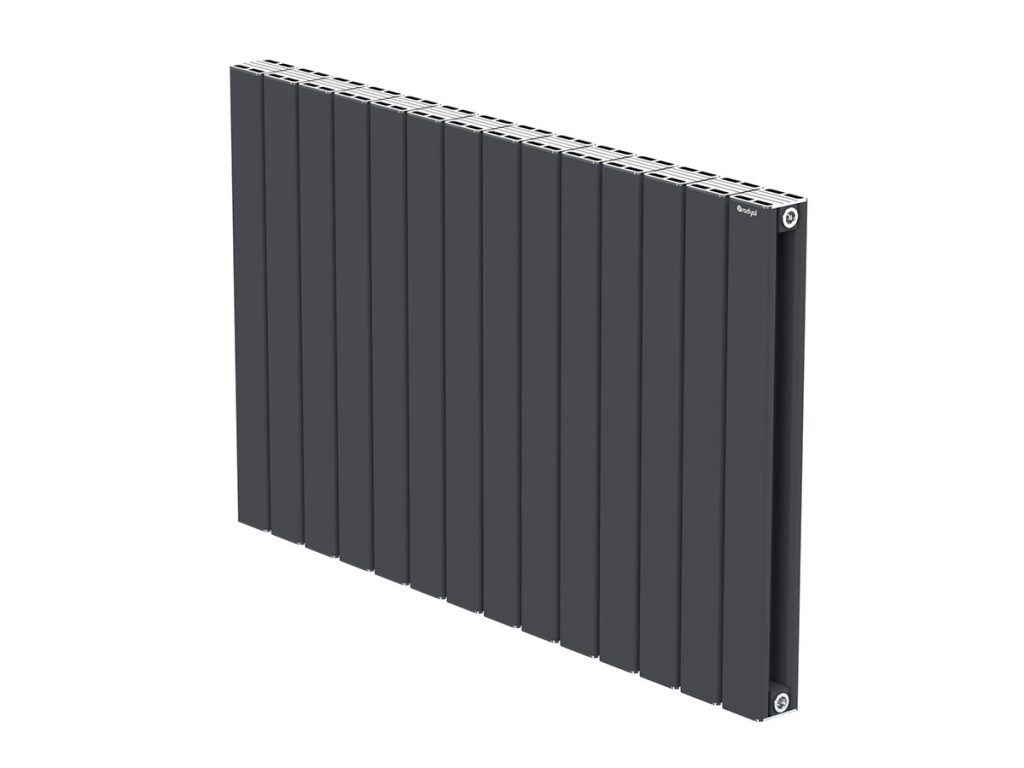Unlocking the Mystery: Why Isn’t Your Home Radiator Getting Hot?
Introduction:
When the chill of winter sets in, few things are as comforting as a warm and cozy home. And what better way to achieve that than with a trusty home radiator? However, if you find yourself in a perplexing situation where your radiator remains disappointingly cold, it’s time to unravel the mystery behind it. In this blog post, we will delve into the possible reasons why your home radiator may not be getting hot and provide you with some practical solutions to restore its functionality.
1. Air Trapped in the System:
One common culprit behind a cold radiator is trapped air within the heating system. Over time, air can accumulate in the pipes and prevent hot water from circulating effectively. As a result, the radiator fails to heat up properly. To resolve this issue, you can bleed the radiator by using a radiator key to release the trapped air. This simple procedure will enable hot water to flow freely and restore the radiator‘s warmth.
2. Thermostat Malfunction:
A malfunctioning thermostat can wreak havoc on your heating system. If the thermostat fails to accurately measure the room temperature, it may mistakenly instruct the radiator to remain off or set at a low heat level. To check if the thermostat is the culprit, try turning it up or replacing the batteries. If the radiator still refuses to heat up, it may be time to consult a professional for a thorough inspection and potential thermostat replacement.
3. Blocked or Closed Valves:
Valves play a crucial role in regulating the flow of hot water into the radiator. If the valves are closed or obstructed by debris, the radiator won’t receive the necessary hot water supply, resulting in a lack of heat. Ensure that all valves leading to the radiator are fully open. If you suspect a blockage, you can try cleaning the valves or seek professional assistance for a more thorough cleaning process.
4. Sludge or Rust Build-up:
Over time, sludge or rust can accumulate within the heating system, particularly in older systems or those with inadequate maintenance. These deposits can hinder the flow of hot water, reducing the radiator’s efficiency. A professional power flushing service can help remove the sludge and rust, restoring the system’s functionality and ensuring your radiator receives the heat it needs.
5. Inadequate Boiler Pressure:
Boiler pressure is a crucial factor in maintaining an efficient heating system. If the pressure is too low, it can lead to a lack of hot water reaching the radiator. Check your boiler’s pressure gauge and consult the manufacturer’s instructions to adjust it accordingly. If you’re unsure about the process, it’s best to consult a heating engineer for assistance.
Conclusion:
A cold home radiator can be a frustrating experience, but fear not! By understanding the potential causes behind this issue and implementing the appropriate solutions, you can restore warmth and comfort to your living space. Whether it’s bleeding the radiator, addressing thermostat malfunctions, unblocking valves, removing sludge, or adjusting boiler pressure, there are various steps you can take to troubleshoot and resolve the problem. If all else fails, don’t hesitate to seek the expertise of a heating professional who can diagnose and rectify the issue promptly. Stay warm and cozy throughout the winter season!




